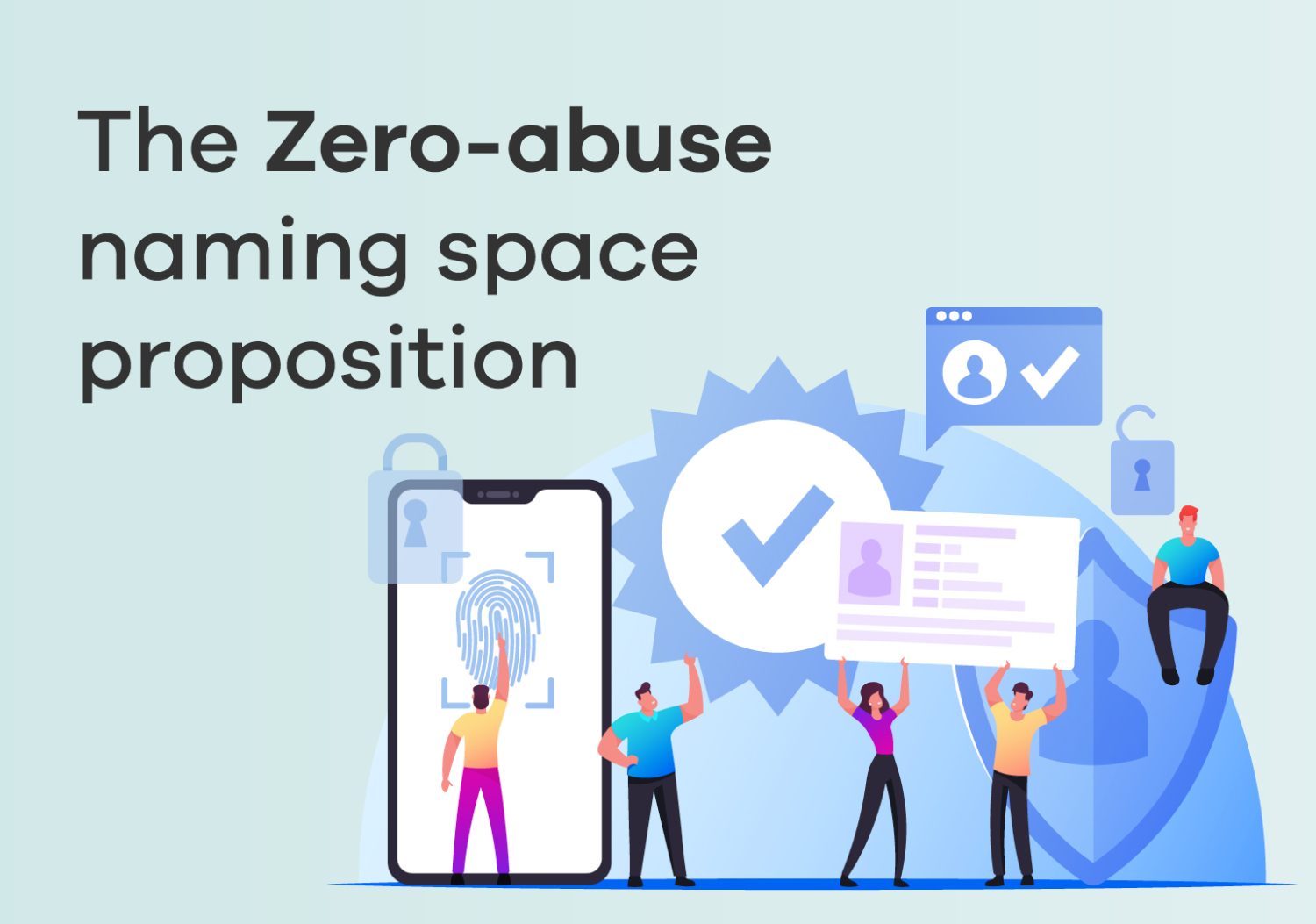Can I apply for a dotBrand?
The news on the 1st August that ICANN now has a date they are working to for the start of the next application round for new gTLDs and dotBrands has sent a ripple of excitement across the brand holder space. Organisations who have been waiting for over a decade to make an application for their own dotBrand Top-Level Domain, having jealously seen competitors apply, or those who have formed their business since 2012 can now start to plan in earnest for the opportunity to join an exclusive group of Internet pioneers.
But before everyone gets too excited about charging ahead with ambitious usage plans for their dotBrand, there are some rules that potential applicants need to be aware of. Whilst there is no crystal ball that will allow an applicant to foresee who else may apply for a generic Top-Level Domain, in the brand space there are at least some criteria in place that reduce the risk of contention over an application.
The ICANN Applicant Guidebook (AGB) is the document that outlines the “rules of engagement” for any new Top-Level Domain application. Whilst the updated version is not due for publication for comment until at some point in 2025, it is unlikely that the core criteria for applications for dotBrands will change significantly – there are few commentators who can claim that these rules haven’t worked based on the first-round applications.
Ensuring that any potential dotBrand application meets the AGB criteria is the first preparation step a brand holder should take. The Com Laude Feasibility and Landscape Assessment provides a comprehensive review against the existing Applicant Guidebook criteria, and any foreseeable potential risks in the intended keyword(s) application(s). This study includes:
- An assessment of any previous applications of similar strings (whether successful or not), or applications made from within the competitive landscape and how they have been used since 2012;
- An overview of new market entrants in the competitive landscape since 2012 and whether an application is possible and probable;
- Determination of relevant trademarks and other intellectual property that would be necessary for a successful dotBrand application and where potential risk may occur with competing applications – the TLD string must be identical to the textual elements protectable under applicable law, of a registered trademark valid under applicable law, which registered Trademark;
- Highlighting any known or potential Government Advisory Committee (GAC) objections or sensitivities based on the previous application round or any specific cases raised since;
- Compliance against ICANN standard rules on string length, composition, third party approval and checks against reserved and protected names, such as the use of numbers, special characters, and allowable scripts; and
- Alternative or additional strings that may be considered based on an in-depth review of the existing domain name portfolio, using Com Laude’s Intelligence platform.
The Com Laude Feasibility and Landscape Assessment will provide a risk score, with advice on the success of an application for the keyword(s) or brand names. Prior to the last new gTLD round in 2012, a number of organisations found out too late that an application would not be possible having already dedicated resources to the project, or that it simply wasn’t in their interest, financially or operationally, to apply for a dotBrand.
Preparation is the key to a successful dotBrand application, both to take advantage of the opportunities that owning a Top-Level Domain bring, but also to mitigate any internal and external risk in making an application. Today, time is still on our side, with more than two years before the application window is due to open, but that should not be a mitigating reason to put off starting the preparation. As Benjamin Franklin once said, “By failing to prepare, you are preparing to fail”

The Zero-abuse naming space proposition
Find out how brand owners can confidently control domain abuse and ensure a clean and secure online environment